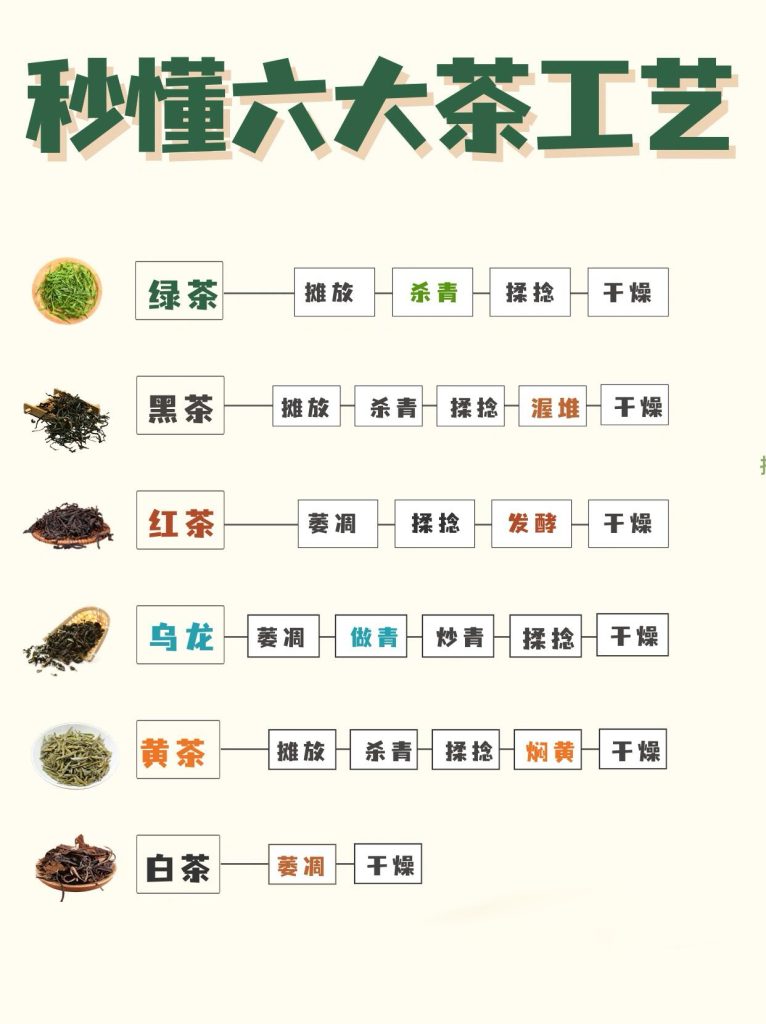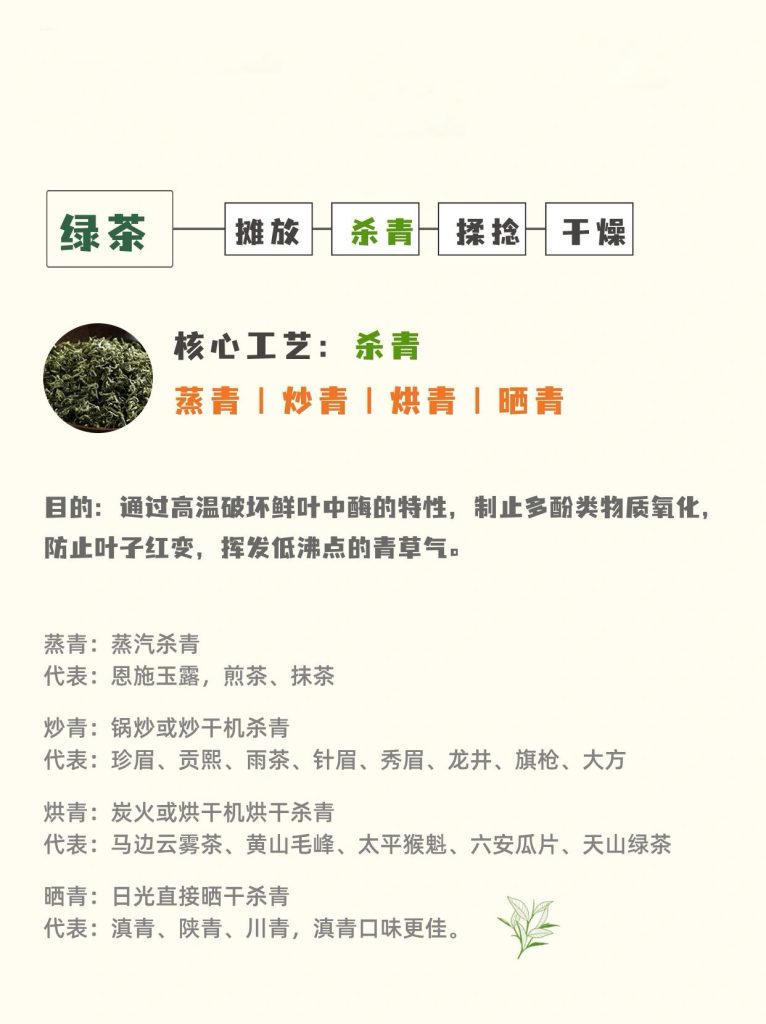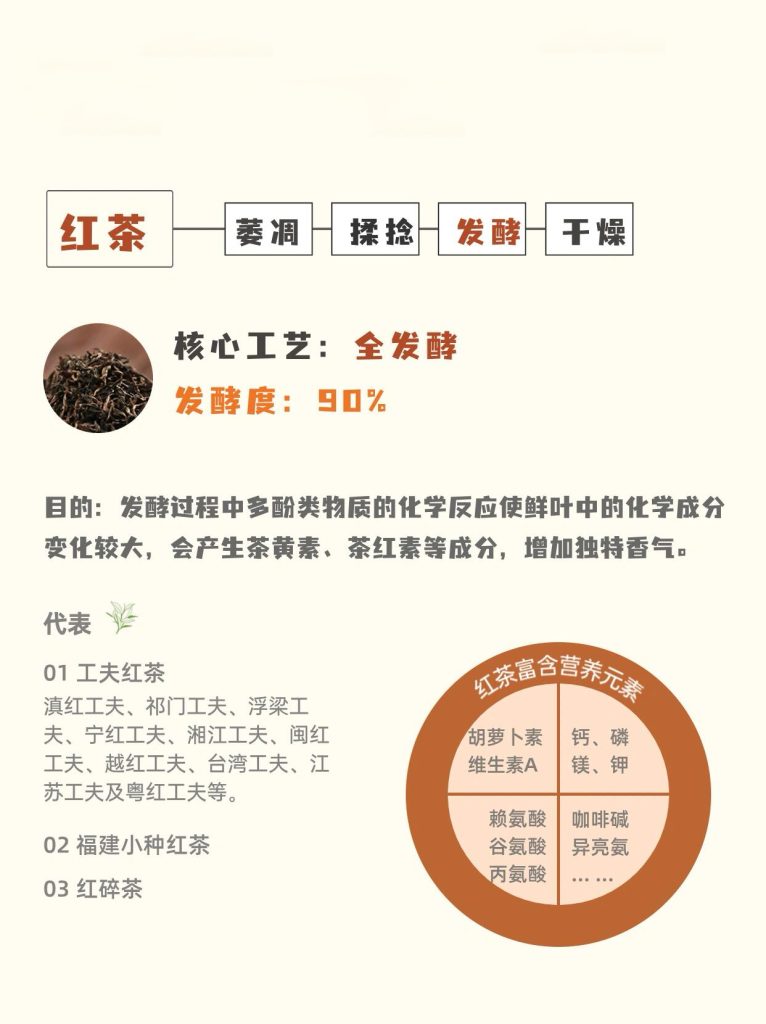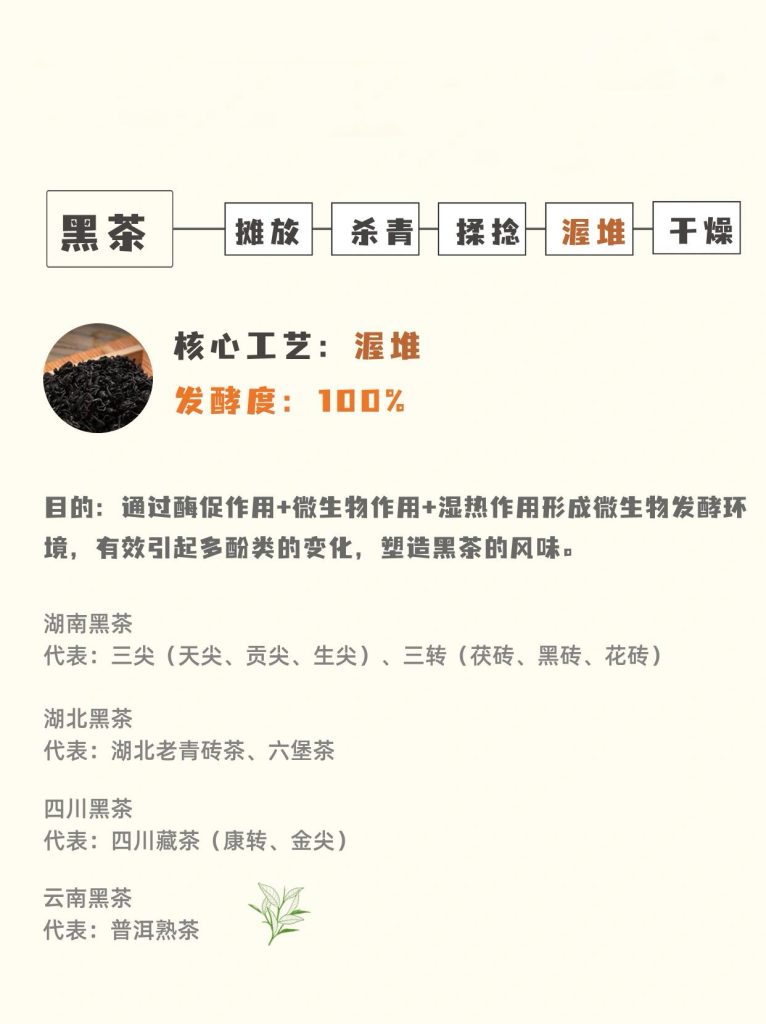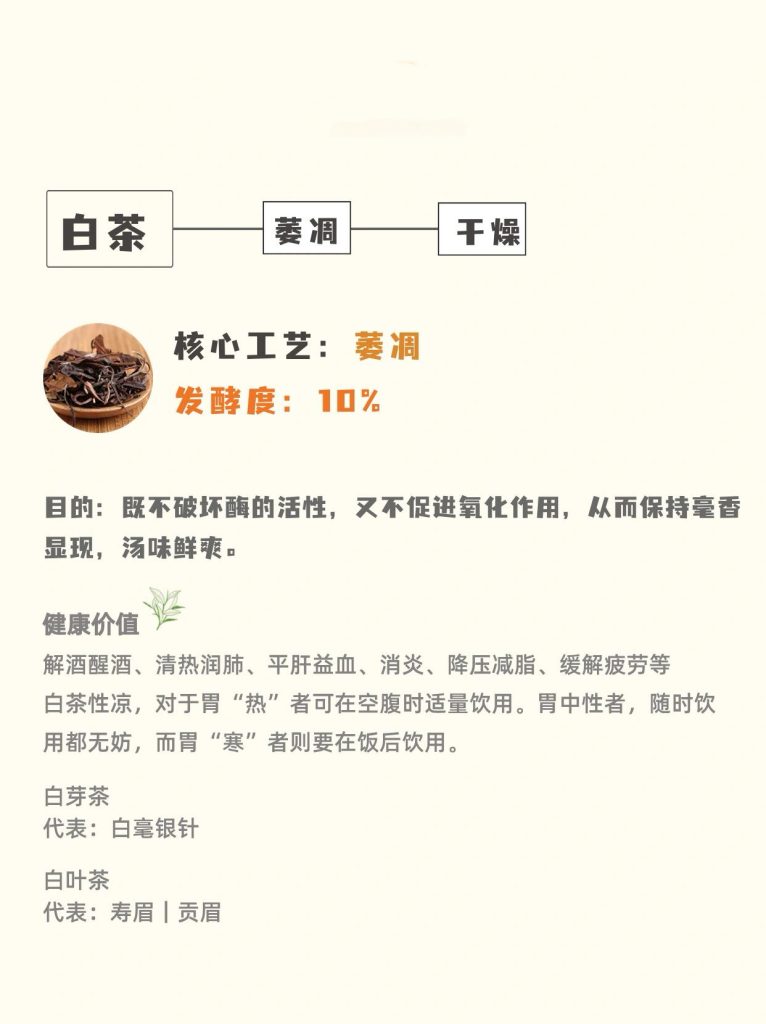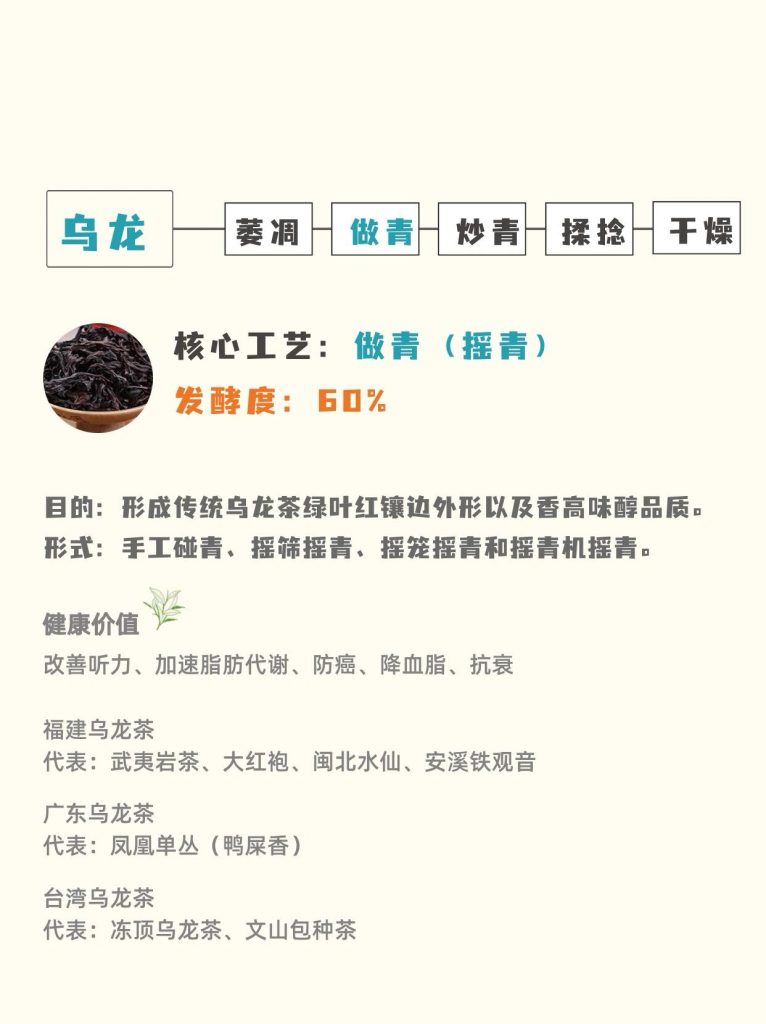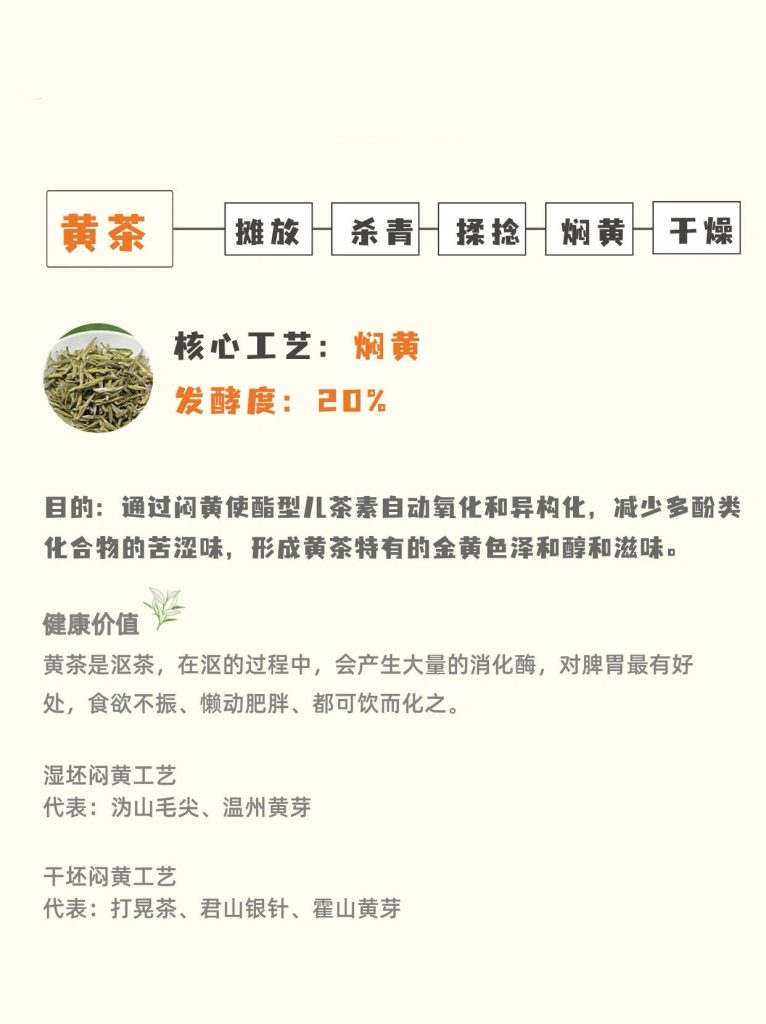Beautiful Plants For Your Interior
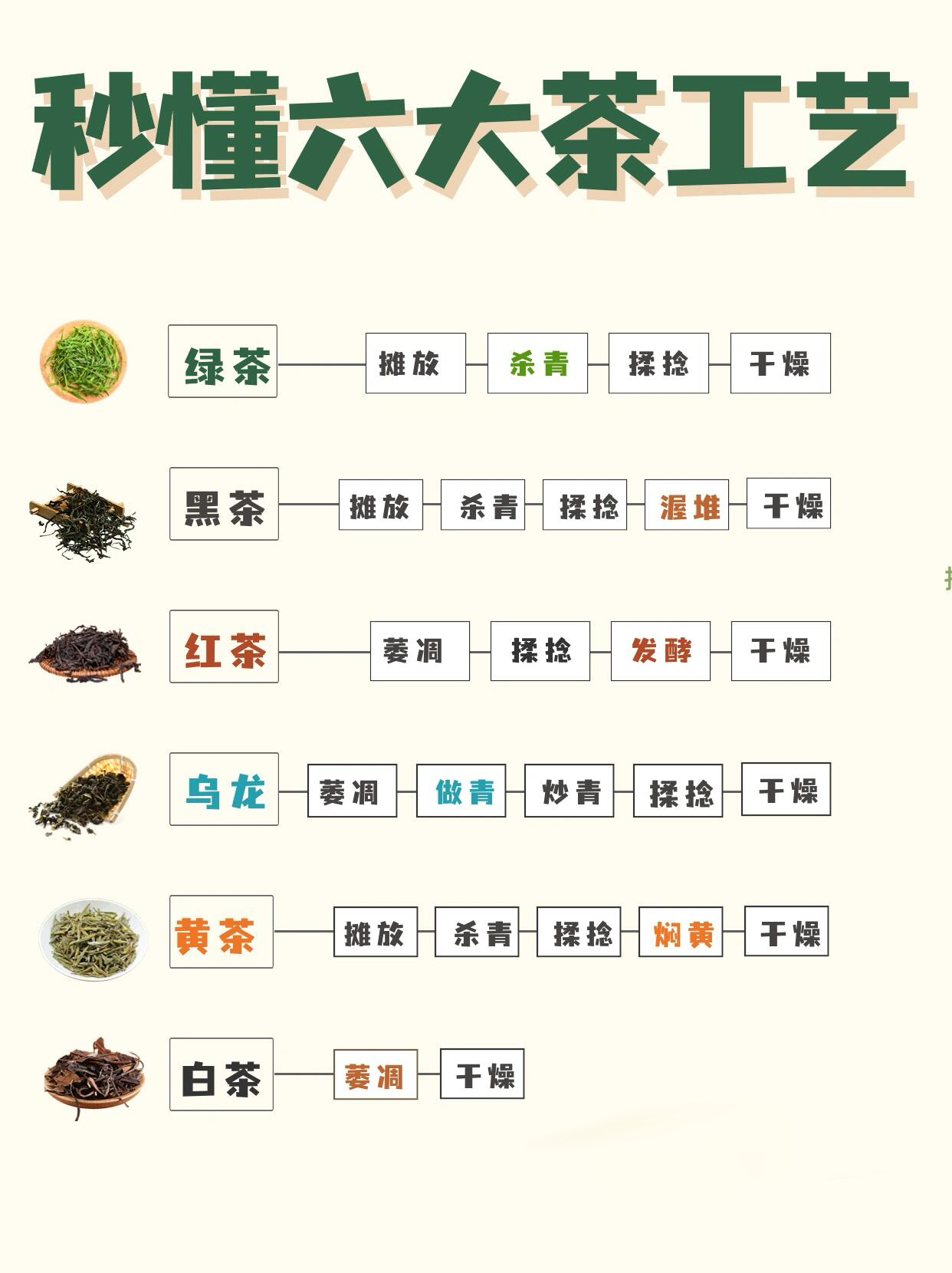
The six major teas in China can be divided into green tea, white tea, yellow tea, green tea (oolong tea), black tea and black tea according to the production process. The following is a detailed introduction.
Green tea (unfermented)
With killing green as the core, the enzyme activity is destroyed by high temperature, and the natural green of the tea is preserved. The representative process is: killing green → kneading → drying, and the representative tea is Longjing, Biluochun, etc.
White tea (slightly fermented)
Based on natural withering, slight fermentation to retain the original flavor of tea, representative process: withering → drying, representing tea with white hair silver needle, white peony, etc.
Yellow tea (slightly fermented)
Add the “muffled yellow” process to make the color of the tea turn yellow, which represents the process: killing green → kneading and twisting → stuffing yellow → drying. The representative tea is Junshan silver needle, Huoshan yellow bud, etc.
Green tea (Oolong tea) (semi-fermented)
Through “making green”, the characteristics of green leaves and red edging are formed, which represents the process: withering → shaking the green → killing the green → kneading and twisting → drying, which represents the tea such as Tieguanyin, Dahongbao, etc.
Black tea (fully fermented)
The fermentation process is used to form the characteristics of red soup and red leaves, which represents the process: withering → kneading → fermentation → drying. The representative tea is Zhengshan small seed, Qimen black tea, etc.
Black tea (post-fermented)
Add the “Wudui” process to form a unique aged fragrance through the action of microorganisms, which represents the process: killing green → kneading and twisting → Wudui → drying, which represents Pu’er tea, Liubao tea, etc.
